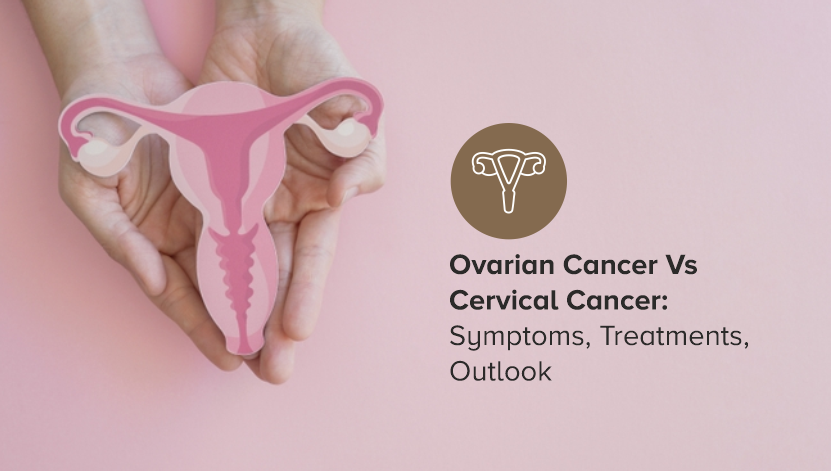Cancer is a word that no one wants to hear but understanding it can be our first line of defense. Among women, ovarian and cervical cancers are significant concerns, each affecting women's health in unique and challenging ways. While both conditions involve the reproductive organs, they differ significantly in symptoms, treatments, and outlooks.
